MORE IMPORTANT INFORMATION ABOUT YOUR TRAVEL TO Interlaken
The Train station is located at the center of Interlaken
Interlaken is a Swiss town and municipality in the Interlaken-Oberhasli administrative district in the canton of Bern. It is an important and well-known tourist destination in the Bernese Highlands region of the Swiss Alps, and the main transport gateway to the mountains and lakes of that region. The town is located on the flat alluvial land called Bödeli between two lakes, Brienz to the east and Thun to the west, and alongside the river Aare, which flows between them. Transport routes to the east and west alongside the lakes are complemented by a route southwards into the near mountain resorts and high mountains, e.g. the famous high Alpine peaks of Eiger, Mönch, and Jungfrau, following upwards the Lütschine. Interlaken is the central town of a Small Agglomeration with the same name of 23,300 inhabitants.The official language of Interlaken is (the Swiss variety of Standard) German, but the main spoken language is the local variant of the Alemannic Swiss German dialect.
Source:
WikipediaADDITIONAL INFORMATION ABOUT Basel
The Train station is located at the center of Basel
Basel or Basle ( BAHL; French: Bâle [bɑl]; Italian: Basilea [baziˈlɛːa]; Romansh: Basilea [baziˈleːa]) is a city in northwestern Switzerland on the river Rhine. Basel is Switzerland's third-most-populous city (after Zürich and Geneva) with about 180,000 inhabitants.Located where the Swiss, French and German borders meet, Basel also has suburbs in France and Germany. As of 2016, the Swiss Basel agglomeration was the third-largest in Switzerland, with a population of 541,000 in 74 municipalities in Switzerland (municipal count as of 2018). The initiative Trinational Eurodistrict Basel (TEB) of 62 suburban communes including municipalities in neighboring countries, counted 829,000 inhabitants in 2007. Basel is the most densely populated city in Switzerland. The official language of Basel is (the Swiss variety of Standard) German, but the main spoken language is the local Basel German dialect. The city is known for its many internationally renowned museums, ranging from the Kunstmuseum, the first collection of art accessible to the public in Europe (1661) and the largest museum of art in the whole of Switzerland, to the Fondation Beyeler (located in Riehen).
Source:
WikipediaImages of the trains for your trip
Where Can You Travel With Us?
TAKE A LOOK AT OUR MAP
France
Italy
Netherlands
Luxembourg
Austria
Germany
Belgium
Switzerland
Denmark
Sweden
Norway
Hungary
Czech
Ukraine
China
Active
France, Italy, Netherlands, Luxembourg, Austria, Germany, Belgium, Switzerland, Denmark, Sweden, Norway, Hungary, Czech, Ukraine, China
Upcoming
USA, Canada, Spain, Poland, Japan
Other Train Trips From Basel

Basel Badischer to Solothurn
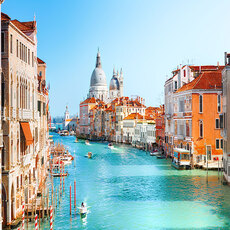
Basel Badischer to Dallenwil
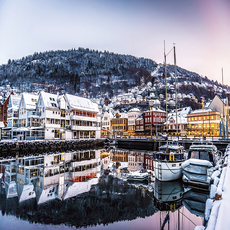
Basel Badischer to Meilen

Basel Badischer to Leuk

Basel Badischer to Chur Central station
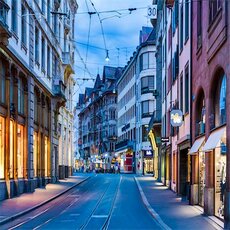
Basel Badischer to Laufenburg CH

Basel Badischer to Saint Imier

Basel Badischer to Engelberg

Basel Badischer to Wolhusen
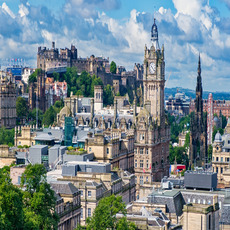
Basel Badischer to Vallorbe
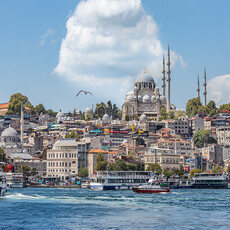
Basel Badischer to Lenzburg

Basel Badischer to Gossau Sg

Basel Badischer to Saas Fee Busterminal
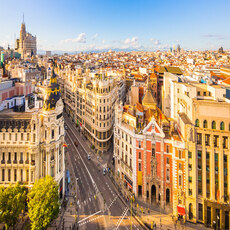
Basel Badischer to Schoenried

Basel Badischer to Saint Ursanne
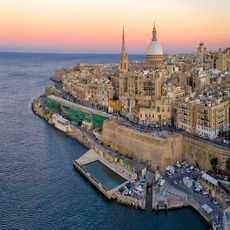
Basel Badischer to Le Brassus

Basel Badischer to Le Locle

Basel Badischer to Monthey Ville

Basel Badischer to Duebendorf

Basel Badischer to Wengen

Basel Badischer to Arth Goldau

Basel Badischer to Bergun Bravuogn

Basel Badischer to Kerzers

Basel Badischer to Sursee

Basel Badischer to Stabio
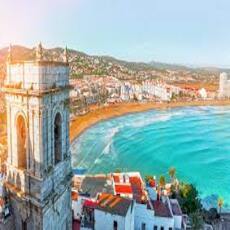
Basel Badischer to Lenk im Simmental

Basel Badischer to Saas Grund Post

Basel Badischer to Uzwil
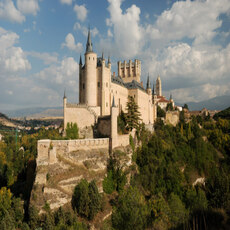
Basel Badischer to Bulle

Basel Badischer to Brunig Hasliberg
WHY YOU SHOULD TRAVEL BY TRAIN?
To travel from Basel To Interlaken, trains would be the best travel choice, for several reasons:
1
Eco-Friendly
Trains are the most environmentally-friendly way of transport to the EU Environment Agency. They are powered by electricity, which is renewable and has a low environmental impact.
2
Speed
Travelling by train is in most cases the fastest way to go from Rome to Milan. Trains usually travel at high speeds, making them the fastest way to get from one place to another.
3
Safety
Travelling by train is one of the safest forms of transport. Trains are heavily regulated and monitored, making them safer than other forms of transport.
4
Price
Travelling by train is often cheaper than other forms of transport, such as flying or taking a bus. Trains are often subsidized by the government, making them cheaper than other forms of transport.
5
Luggage
Travelling by train is a great way to transport luggage. Trains usually have plenty of space for luggage and they are usually safe and secure.
6
Luggage
Travelling by train is often faster than other forms of transport, such as driving or taking a bus. Trains usually travel at high speeds, making them the fastest way to get from one place to another.
7
Comfortability
Travelling by train is usually very comfortable. Trains usually have comfortable seating and plenty of legroom, making them a great way to travel.
8
Comfortability
Travelling by train is a great way to get some sleep. Trains usually have comfortable seats and plenty of legroom, making them a great way to get some rest while travelling.
9
WIFI
This is not necessarily the most important when you travel since we prefer to tell you to enjoy your travel without your phones, but on trains, you can find WIFI onboard, so you remain connected to the internet if you choose to.
THESE ARE THE TRAIN OPERATORS WE WORK WITH



















